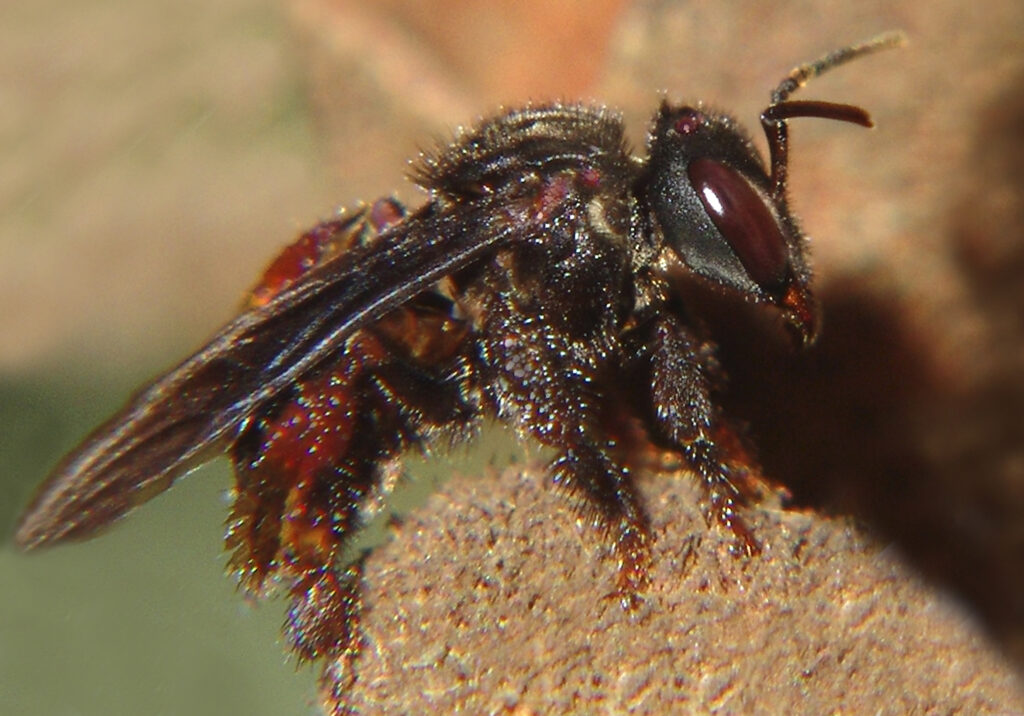The world of bees extends far beyond honey production and flower pollination. Deep within the tropical rainforests of Central and South America, a remarkable group of bees has evolved to thrive on something most insects would find repulsive: rotting flesh. These extraordinary creatures, known as vulture bees or carrion bees, have abandoned the traditional vegetarian lifestyle of their relatives to become nature’s most unlikely scavengers. Their story challenges everything we thought we knew about bee behavior and dietary preferences.
The Shocking Discovery That Changed Everything
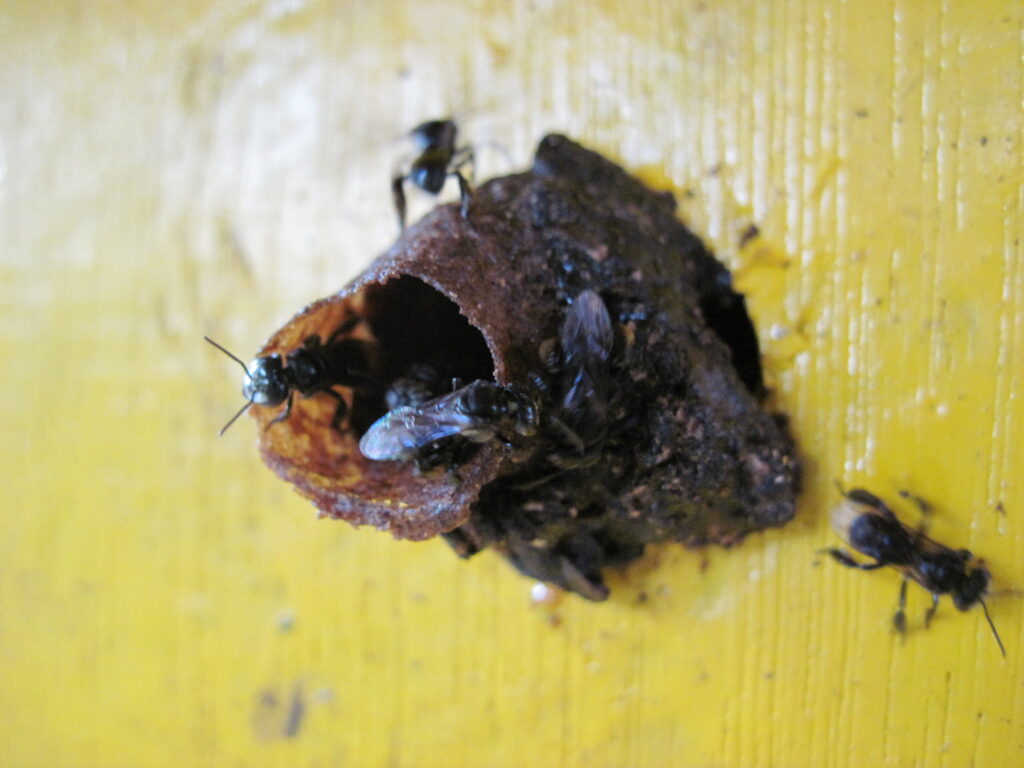
When entomologist David Roubik first encountered these flesh-eating bees in the 1980s, he couldn’t believe his eyes. Here were bees, unmistakably bees, swarming over decomposing animal carcasses like tiny winged vultures. The scientific community was stunned because bees were supposed to be strict vegetarians, living exclusively on nectar and pollen.
This discovery turned the bee world upside down. These weren’t just occasional meat-eaters – they were completely dependent on animal protein for survival. The vulture bees had evolved specialized tools and behaviors that allowed them to process carrion efficiently, storing it in their honey stomachs just like other bees store nectar.
What made this even more fascinating was that these bees weren’t just scavenging for fun. They were producing a honey-like substance from the decomposed flesh, creating what scientists would later call “meat honey” – a discovery that would revolutionize our understanding of bee evolution.
Meet the Flesh-Eating Family
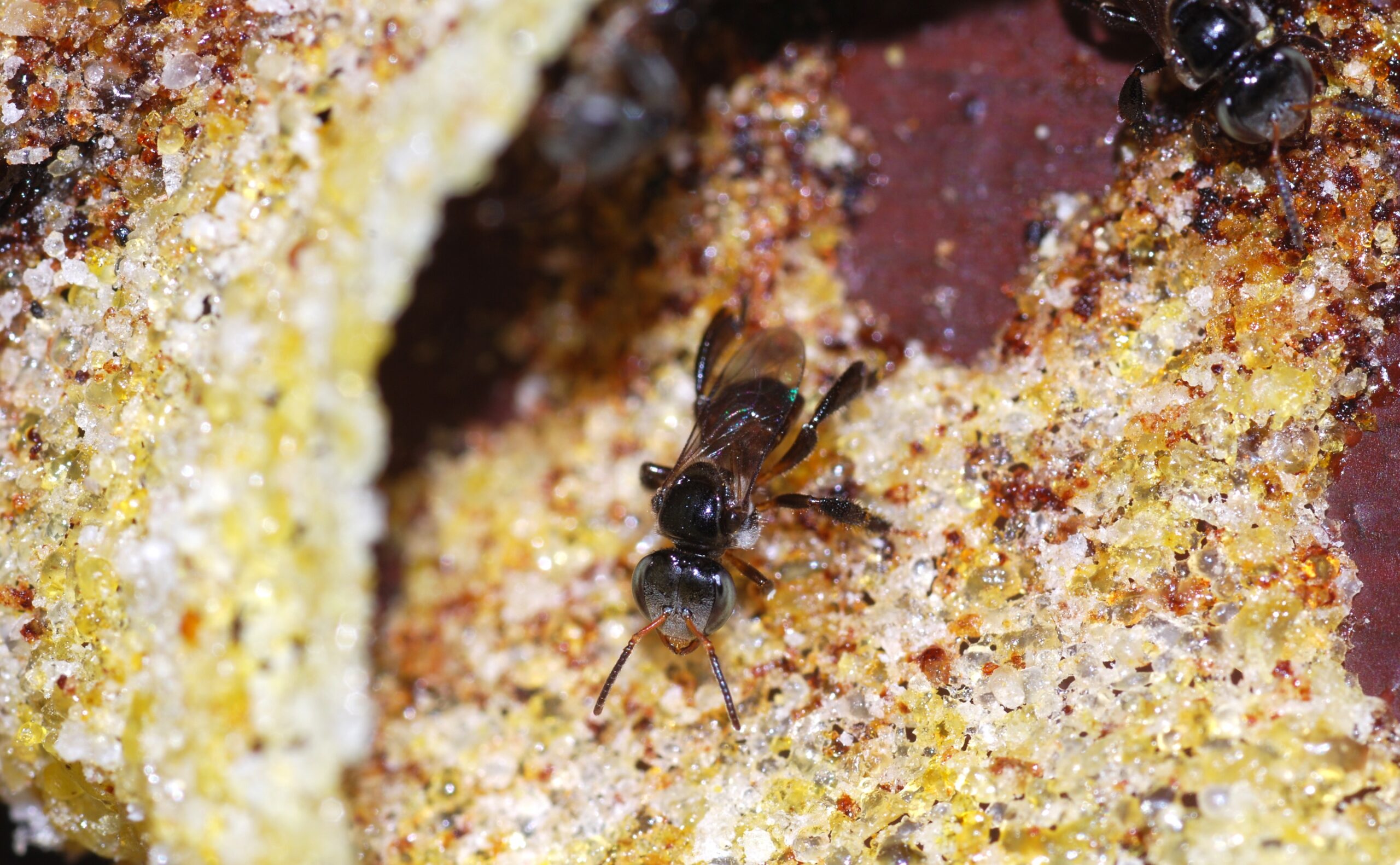
The vulture bees belong to the genus Trigona, a group of stingless bees that includes several species with carnivorous tendencies. The most famous of these is Trigona hypogea, often called the “true” vulture bee. These small, dark-colored insects measure only about 8 millimeters in length, making them smaller than most honeybees.
Other notable species include Trigona crassipes and Trigona necrophaga, each with their own unique adaptations for processing dead animals. These bees have developed stronger mandibles than their plant-eating cousins, allowing them to tear through tough skin and muscle tissue with surprising efficiency.
What sets them apart visually is their robust build and darker coloration, which helps them blend in with the shadows of the forest floor where they often hunt for carcasses. Their eyes are also notably larger, adapted for spotting potential meals in the dim understory of tropical forests.
The Gruesome Menu That Sustains Them
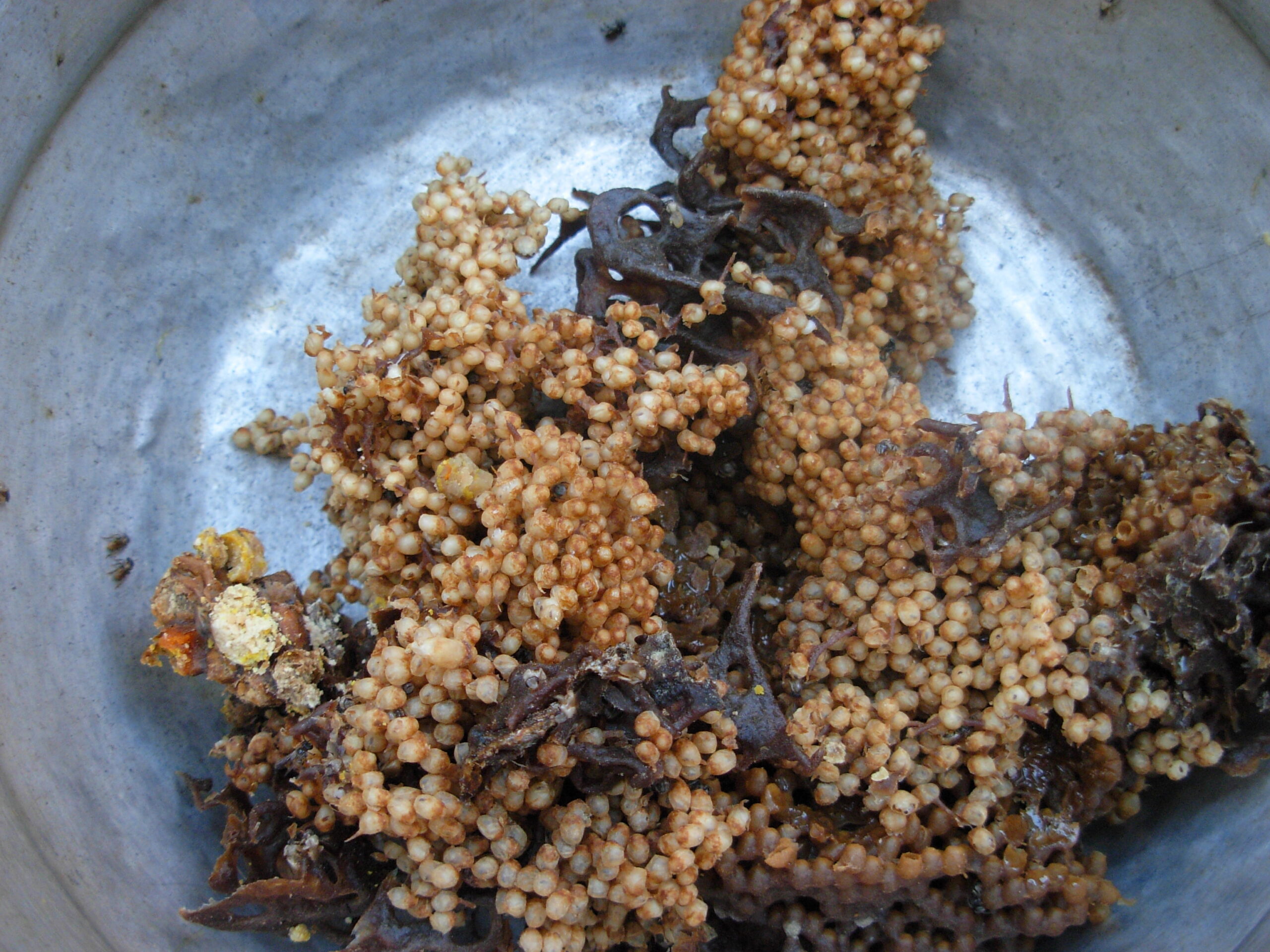
Vulture bees aren’t picky eaters when it comes to their protein sources. They feast on everything from dead birds and mammals to fish, frogs, and even other insects. The fresher the carcass, the more attractive it becomes to these buzzing butchers. However, they’re not above dining on well-aged meat that other scavengers might avoid.
Their feeding behavior is both methodical and surprisingly organized. Worker bees scout for suitable carcasses and then recruit their nestmates using chemical signals. Once a good source is found, dozens of bees can cover a single carcass, working together to process the meat efficiently.
The bees prefer soft tissues and organs, which are easier to tear apart and transport. They’re particularly drawn to the eyes, tongue, and other delicate parts of dead animals. This preference isn’t just about convenience – these tissues are rich in the proteins and amino acids that vulture bees need to thrive.
Nature’s Tiny Butcher Shop Operations
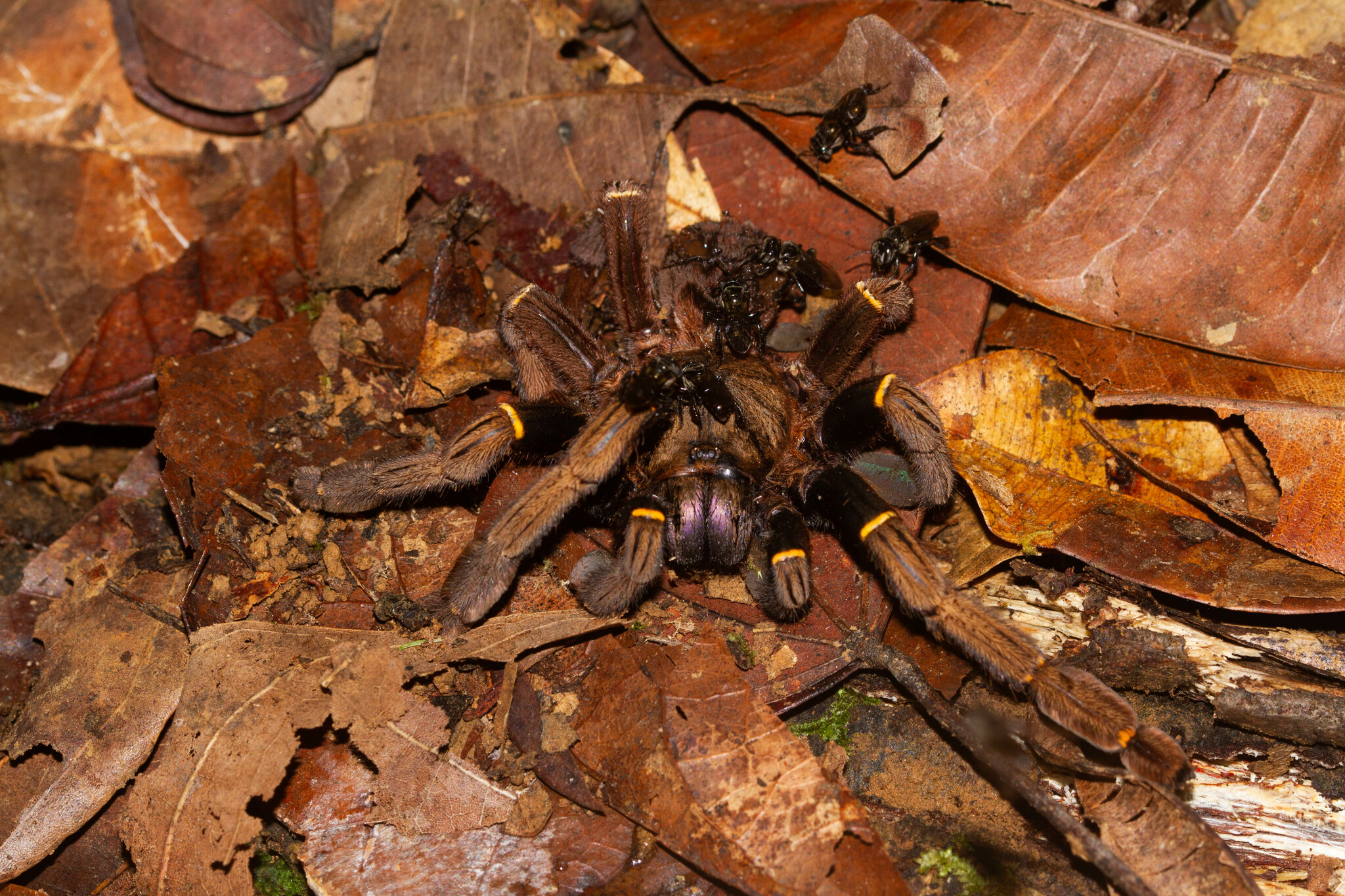
The process of meat harvesting by vulture bees is a marvel of natural engineering. These insects have evolved specialized techniques that would make a professional butcher proud. They use their powerful mandibles to slice through flesh, creating small, manageable pieces that can be transported back to the nest.
The bees work in assembly-line fashion, with some individuals focused on cutting while others handle transportation. They often form chains, passing meat chunks from bee to bee to maximize efficiency. This cooperative behavior ensures that no valuable protein goes to waste.
Temperature plays a crucial role in their operations. Vulture bees prefer to work during cooler parts of the day when the meat is less likely to spoil quickly. They’ve also developed the ability to process meat that might be too far gone for other scavengers, thanks to their unique digestive adaptations.
The Mysterious Meat Honey Production
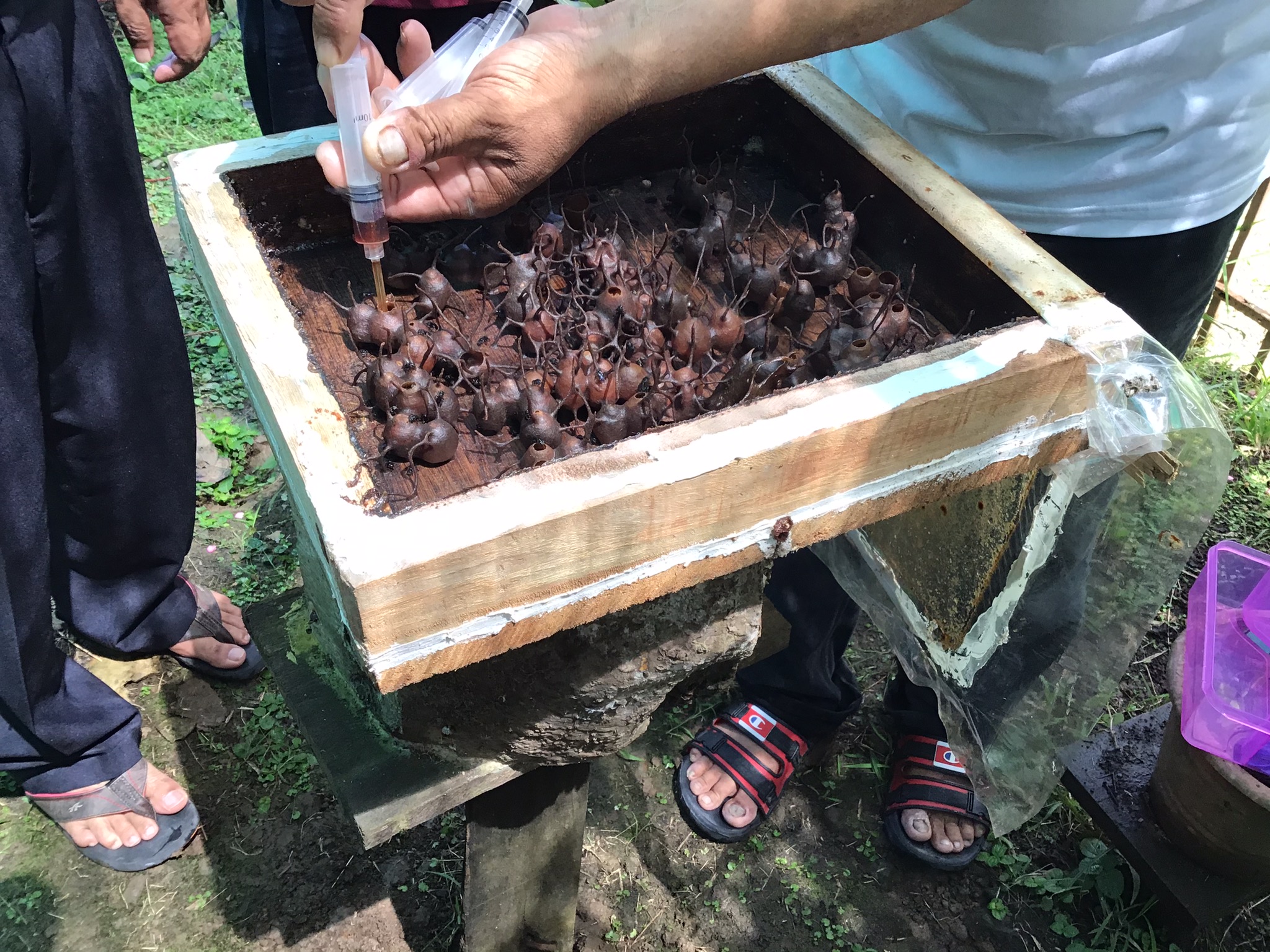
Perhaps the most extraordinary aspect of vulture bee behavior is their ability to transform rotting flesh into a honey-like substance. This process involves regurgitating partially digested meat and mixing it with enzymes in their honey stomachs. The result is a protein-rich paste that serves as food storage for the colony.
This “meat honey” is stored in wax cells within the nest, similar to how traditional bees store flower nectar. The substance undergoes fermentation, which helps preserve it and makes it safe for consumption. Scientists have discovered that this meat honey contains high levels of amino acids and proteins essential for bee development.
The production process is remarkably similar to traditional honey making, except instead of flower nectar, the bees are working with animal proteins. This parallel evolution shows how flexible bee behavior can be when environmental pressures demand dietary changes.
Inside the Fortress-Like Nests
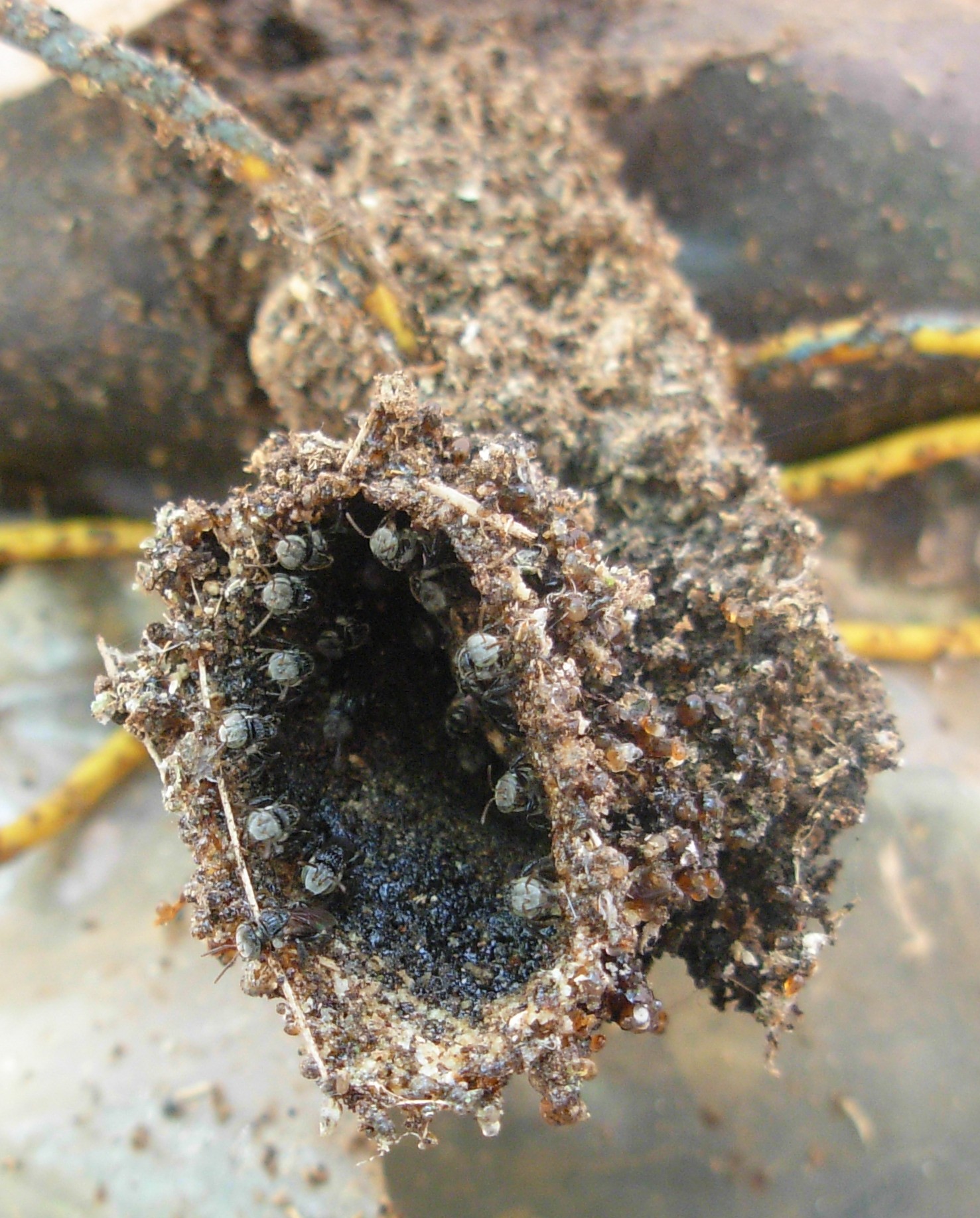
Vulture bee nests are architectural marvels that reflect their unique lifestyle. These structures are typically built in hollow trees, underground cavities, or rock crevices, providing protection from predators and the elements. The nests are often more heavily fortified than those of their vegetarian cousins.
The interior design of vulture bee nests includes specialized storage areas for meat honey, separate from areas used for raising young. These storage chambers are lined with antimicrobial wax that helps prevent spoilage and disease. The bees have essentially created sterile meat lockers within their homes.
Colony organization mirrors that of other social bees, with a queen, workers, and drones. However, vulture bee colonies tend to be smaller than honeybee colonies, typically containing 500 to 1,000 individuals. This smaller size may be related to the challenges of finding and processing enough carrion to support larger populations.
Evolutionary Adaptations for a Carnivorous Lifestyle
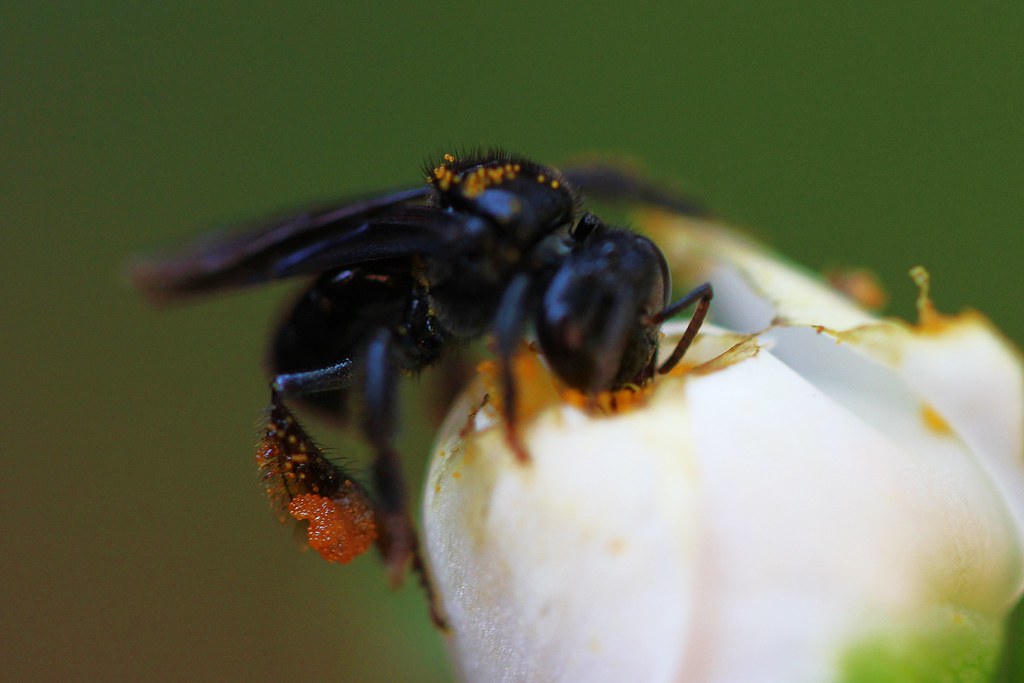
The transition from plant-eating to meat-eating required significant evolutionary changes in vulture bees. Their digestive systems have adapted to process animal proteins rather than plant sugars. They’ve developed stronger stomach acids and different enzyme profiles to break down complex proteins and fats.
Their sensory systems have also evolved to detect the chemical signatures of decomposing flesh. Vulture bees can locate carrion from impressive distances, using their enhanced sense of smell to track down potential meals. This ability rivals that of much larger carrion-eating animals.
Behavioral adaptations include changes in foraging patterns, communication methods, and social organization. These bees have developed unique dance languages to communicate the location of carcasses to their nestmates, similar to how honeybees communicate flower locations but adapted for three-dimensional forest environments.
The Ecological Role of Nature’s Cleanup Crew
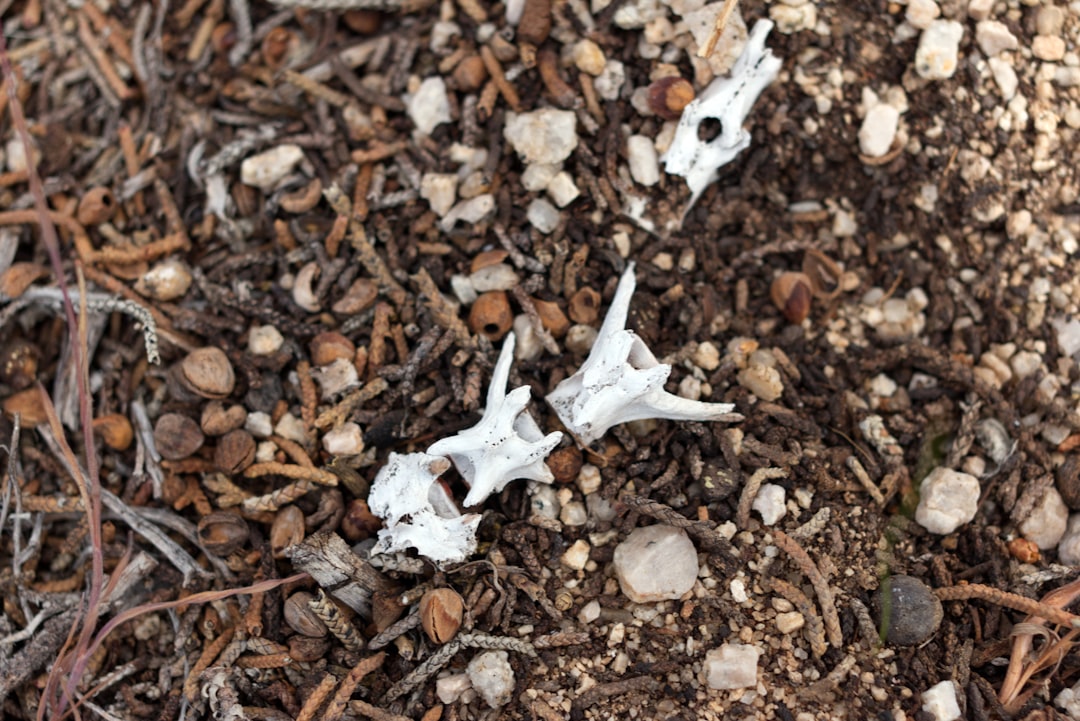
Vulture bees play a crucial but often overlooked role in tropical forest ecosystems. As primary decomposers, they help break down animal carcasses that might otherwise become breeding grounds for harmful bacteria and parasites. Their work accelerates the recycling of nutrients back into the forest ecosystem.
These bees often compete with other scavengers like ants, flies, and beetles for access to carrion. However, their ability to fly gives them advantages in reaching carcasses in trees or other elevated locations. They’ve essentially claimed their own niche in the competitive world of decomposer organisms.
By processing dead animals quickly and efficiently, vulture bees help maintain the health of their forest habitats. They reduce the risk of disease transmission that can occur when carcasses remain exposed for extended periods. In this way, they serve as nature’s sanitation workers.
Seasonal Patterns and Feeding Behaviors

Vulture bee activity follows distinct seasonal patterns tied to food availability and environmental conditions. During the dry season, when animal mortality rates are higher due to water scarcity, these bees experience peak foraging opportunities. They’ve learned to capitalize on these periods by storing extra meat honey for leaner times.
Rainy seasons present different challenges and opportunities. While fresh carrion might be less abundant, the increased humidity can accelerate decomposition, making existing carcasses more accessible to the bees. They’ve adapted their foraging schedules to match these seasonal rhythms.
Individual bees show remarkable flexibility in their feeding behavior. When carrion is scarce, they can survive on alternative protein sources like bird eggs or even fresh dung. This dietary flexibility has helped them thrive in environments where other specialized species might struggle.
Chemical Warfare and Defense Mechanisms

Despite lacking stingers, vulture bees have developed sophisticated defense mechanisms to protect their valuable food sources and nests. They produce caustic chemicals that can burn the skin of potential threats, earning them respect from much larger animals. These chemical defenses are particularly important when competing with other scavengers for access to carcasses.
The bees can also mobilize in large numbers when their nest is threatened, overwhelming potential predators with sheer numbers and chemical attacks. Their coordinated defense strategies are as impressive as their foraging behaviors, showing high levels of social organization.
Some vulture bee species have evolved specialized roles within their colonies, with certain individuals serving as guards while others focus on foraging. This division of labor helps ensure that both food gathering and colony defense receive adequate attention.
Geographic Distribution and Habitat Preferences
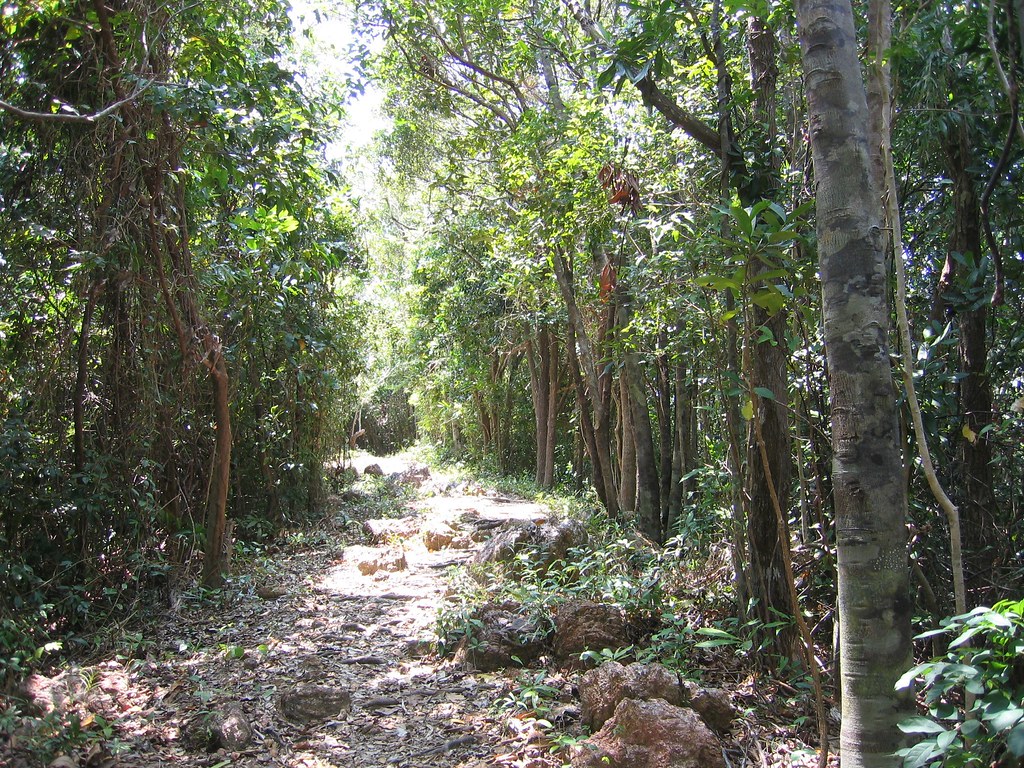
Vulture bees are found throughout Central and South America, from southern Mexico to northern Argentina. They show a strong preference for tropical rainforests, where high humidity and warm temperatures create ideal conditions for their lifestyle. However, some species have adapted to drier forest types and even agricultural areas.
Their distribution often correlates with the presence of large mammals and birds that provide carrion opportunities. Areas with high biodiversity tend to support more robust vulture bee populations, as there are more potential food sources available throughout the year.
Climate change and deforestation pose significant threats to vulture bee habitats. As forests are cleared and fragmented, these bees lose both nesting sites and food sources. Some populations have shown resilience by adapting to human-modified landscapes, but many remain vulnerable to habitat loss.
Research Challenges and Scientific Mysteries

Studying vulture bees presents unique challenges for researchers. Their preference for remote forest locations makes observation difficult, and their small size and secretive nature can make tracking individual bees nearly impossible. Scientists often rely on indirect methods, such as analyzing nest contents and observing feeding behavior at bait stations.
Many aspects of vulture bee biology remain poorly understood. Questions about their reproductive cycles, lifespan, and detailed nutritional requirements continue to puzzle researchers. The chemical composition of their meat honey is still being analyzed, with new discoveries emerging regularly.
Recent technological advances, including miniature tracking devices and genetic analysis tools, are opening new avenues for vulture bee research. These tools may finally provide answers to some of the long-standing questions about these remarkable insects.
Conservation Concerns and Future Threats
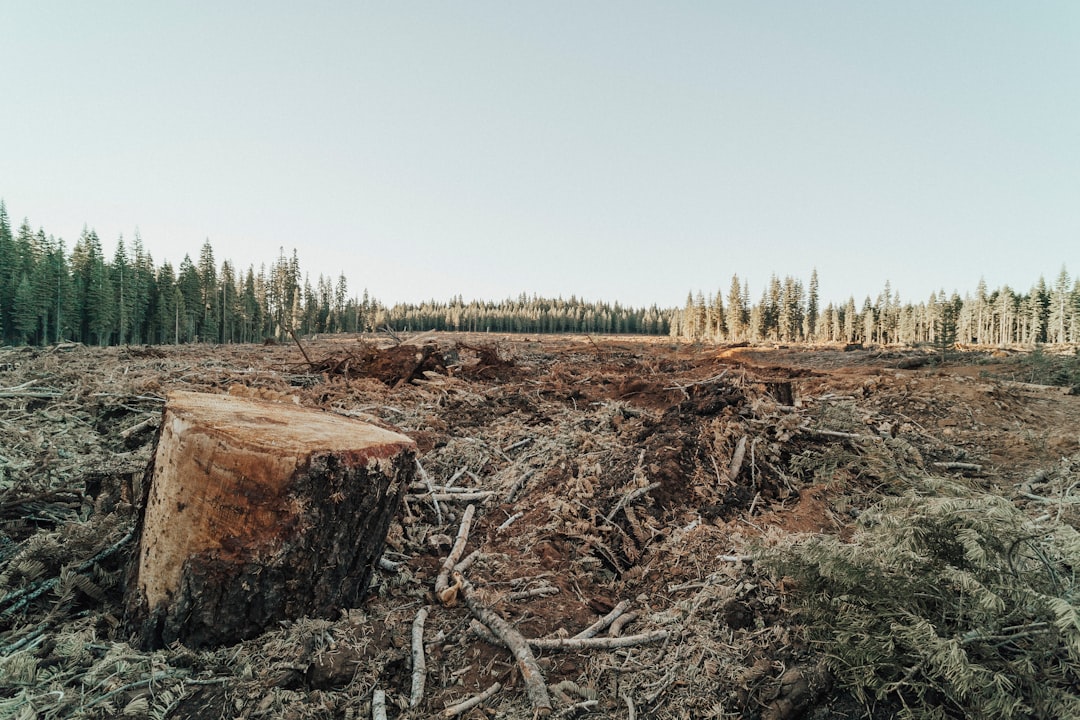
Vulture bees face numerous conservation challenges in the modern world. Habitat destruction remains the primary threat, as tropical forests continue to be cleared for agriculture and development. These bees require intact forest ecosystems to maintain their complex ecological relationships.
Climate change poses additional risks by altering precipitation patterns and temperature regimes that vulture bees depend on. Changes in forest composition could affect the availability of suitable nesting sites and food sources, potentially disrupting established colonies.
Pesticide use in agricultural areas adjacent to forests represents another significant threat. These chemicals can accumulate in carrion and poison vulture bees when they feed on contaminated carcasses. The bees’ role as decomposers makes them particularly vulnerable to bioaccumulation of toxins.
Conclusion
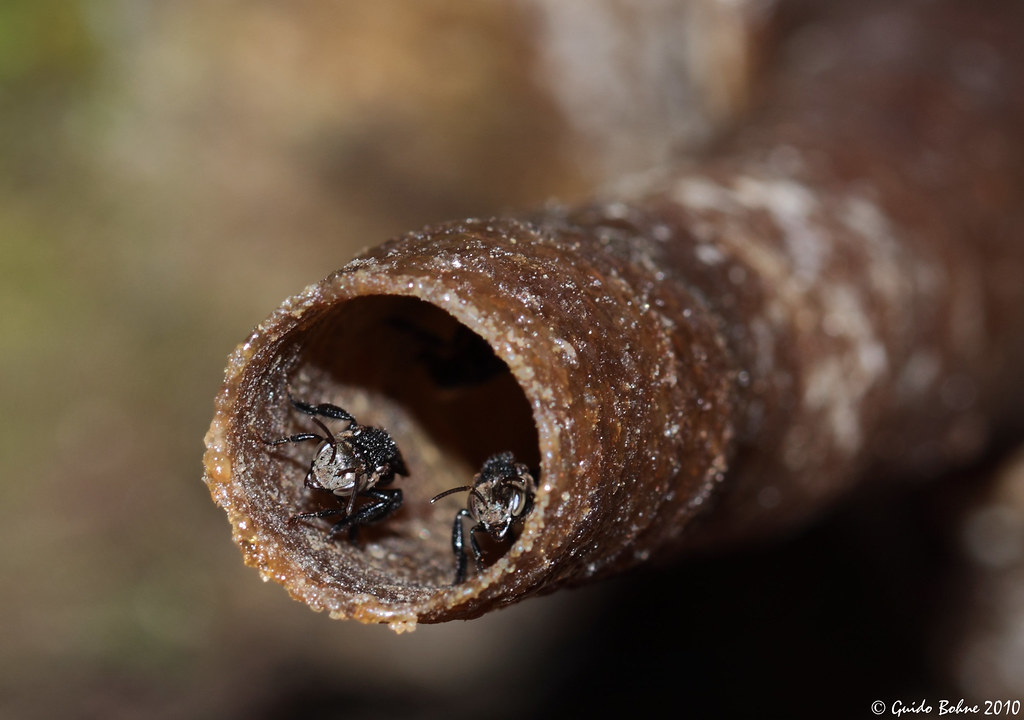
The vulture bee stands as one of nature’s most remarkable examples of evolutionary adaptation and ecological specialization. These tiny insects have successfully carved out a unique niche in the competitive world of tropical forests, transforming from gentle nectar-sippers into efficient carrion processors. Their story reminds us that evolution can take unexpected turns, creating solutions to survival challenges that seem impossible at first glance.
As we continue to explore and understand these fascinating creatures, we gain deeper insights into the incredible diversity of life on Earth. Vulture bees challenge our assumptions about what bees can be and do, expanding our appreciation for the complex web of relationships that sustain tropical ecosystems.
The future of vulture bees depends on our commitment to preserving the tropical forests they call home. What other evolutionary surprises might we discover if we protect these biodiversity hotspots for future generations?

